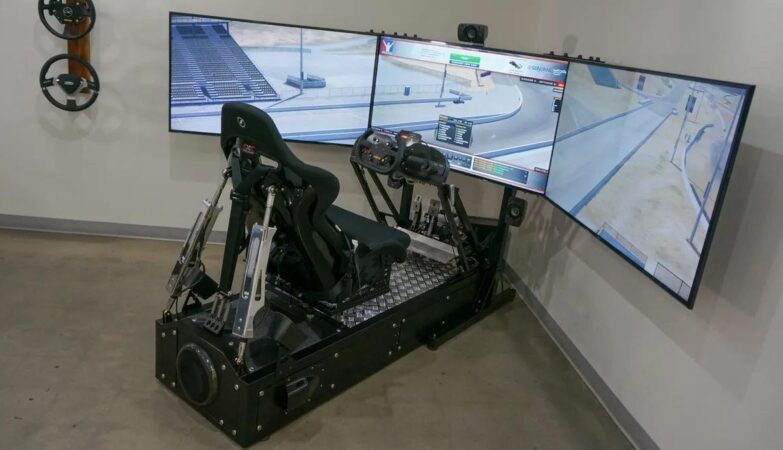When it comes to ensuring public safety while coordinating seamlessly with the efforts of their team members, the firefighter chief plays a central role. According to John Rose Oak Bluff, with a high level of leadership skills, insight, and prompt decision-making ability firefighter chiefs contribute immensely while responding to disasters and protecting communities ensuring utmost public safety. The article aims to focus on the role of firefighter chiefs alongside their squads in upholding public safety.
- Strategic Planning and Preparedness
Firefighter chiefs remain accountable for ensuing 24/7 preparedness and tactical decision-making to counter different types of emergencies. From coordinating training programs for equipping the squads with essential knowledge and skills to assessing potential risks and establishing response protocols everything comes under their job role. With proactive planning and preparing teams to deal with emergencies through mimic workshops, the chiefs ensure enhanced efficiency of their squads in safeguarding community lives and properties.
- Resource Management and Optimization
Optimal resource management is another major role of the chief to ensure readiness. They need to administer the right allocation of firefighters, mechanisms, and vehicles to ensure optimal support during emergency responses. They are required to emphasize on acquisition of the newest firefighting devices and technologies, equally keep crew members updated with the latest techniques of combating fire, and conduct rescue options to deal with varied disastrous situations.
Coordinating Emergency Response
By carrying out a central role, fighter chiefs need to coordinate the whole response efforts of the team during a crisis. Being well-versed in the nature of fires, they have to ability to draw the line of action on assessing the situation and accordingly guide the squad fighting back on the ground and strategically deploying resources as per necessity. They are supposed to make critical decisions bearing in mind the factors including the harshness of the incident, resource availability, and safety protocols. The exactness of their decision-making and leadership is instrumental in coordinating a controlled and effective response to control fire, safe lives, and property.
- Training and Professional Development
Professional development backed by continuous training is essential to maintaining excellence in disaster management and assuring public safety. Being in leadership positions, firefighter chiefs need to give special emphasis on continuous training for the team and themselves too for upskilling, enhancing the knowledge and proficiency level of the entire team. It is also the responsibility of the firefighting chief to organize specialized training for the team to follow the latest approaches of rescuing people, evacuating people from hazardous zones, coordinating with teams of emergency response services, etc.
- Communication and Teamwork
Firefighter chiefs should maintain seamless liaise with other emergency management services and volunteer firefighters with the community and other stakeholders to simplify information sharing and effective coordination. By having clear communication and open communication within their squads and other EMS teams they should promote collaboration which is vital for efficient operations and ensure public safety and well-being.
Last but not least, firefighter chiefs need to play an integral role in promoting community awareness about fire safety measures as per John Rose Oak Bluff. By organizing different community events, the fire department needs to make people aware of how to stay safe from fire hazards, the techniques to prevent fire from spreading, and how to take precautions while using flammable objects like petroleum products.








